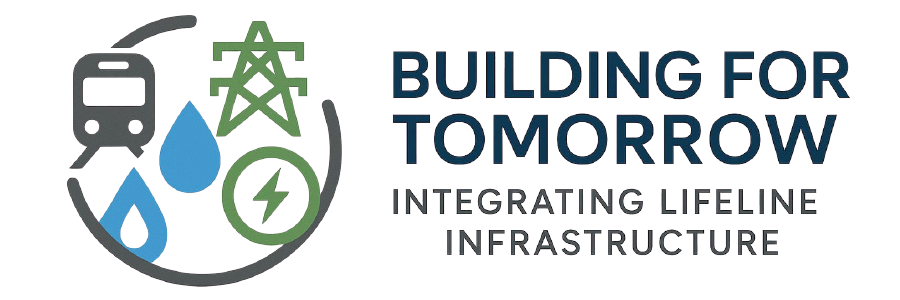In the wake of the devastating Southern California wildfires, this summit stands as both a call to action and a catalyst for national resilience. The historic fires exposed systemic vulnerabilities shared by communities across the country—severely damaged buildings, disrupted water and power services, severed communications, impassable roads, and compromised fuel systems, amplifying human and economic losses. These cascading failures underscore the urgent need to prioritize preparedness, protect critical lifelines, and invest in strategic, coordinated recovery.
Using Southern California as a case study, this summit aims to establish a national model for lifeline infrastructure resilience and smart capital investment. Federal, state, and local leaders will join utility providers, researchers, and resilience experts to chart a unified path forward, one grounded in interdependence, innovation, and the modernization of policies, codes, and systems that support long-term recovery.
Over two dynamic days, the summit will feature compelling keynotes and a mix of collaborative and hands-on sessions. Day 1 will feature policy makers and executive leaders from both public and private sectors for strategic discussions focused on forward-looking policy frameworks, including breaking down system silos, overcome integration hurdles, enhance data sharing, and foster collaboration to accelerate recovery and build long-term resilience. Day 2 will offer practitioners an in-depth look at cutting-edge technologies and building science innovations that are transforming how we retrofit, rebuild, and future-proof the built environment.
Track 1: Emerging Technologies
Exploring innovations that augment and enhance resilience, including advanced tools, digital systems, and smart solutions for the built environment.
Track 2: Building Science & Systems
Focusing on materials, means, and methods that drive high-performance construction, retrofit strategies, and resilient rebuilding practices.
